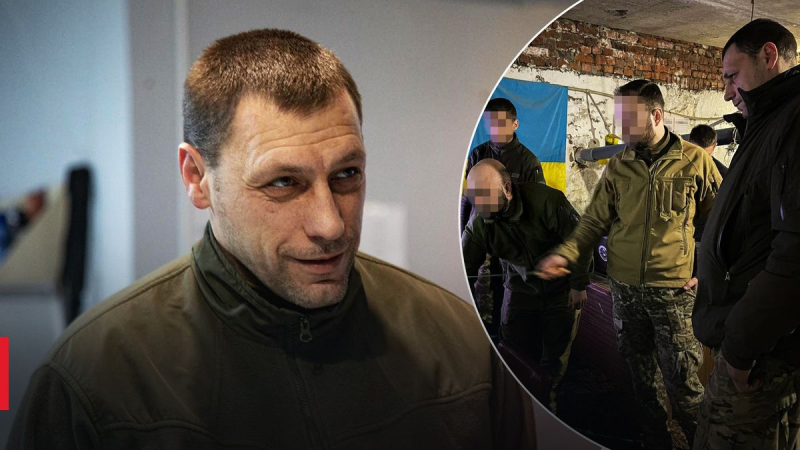
All units of the MTR of Ukraine involved in the defense of Bakhmut clearly fulfill their assigned tasks. Defenders in difficult conditions continue to defend the city.
The commander of the Special Operations Forces of the Armed Forces of Ukraine, Brigadier General Viktor Khorenko, came to Bakhmut, where he checked the work of his units. He also spoke about the current situation in the defense of the city.
All units of the MTR of Ukraine involved in the defense of Bakhmut clearly fulfill their assigned tasks. Our soldiers are constantly working in extremely difficult conditions and are doing everything so that the number of enemy forces decreases daily,” Khorenko said.
SSO continue to perform tasks in Bakhmut / Photo by SSO
Also during the trip, the commander of the MTR of Ukraine got acquainted with the situation in the areas where the tasks were performed and worked out a number of pressing issues of ensuring and organizing the work of units of the Special Operations Forces on the spot.
Viktor Khorenko came to Bakhmut / Photo by SSO
According to Viktor Khorenko, in the current conditions, communication and interaction of all units that make up the structure of the MTR of Ukraine play an extremely important role, and “a quick and coordinated response to requests and needs of units gives the best result on the battlefield.”
Ukrainian soldiers continue to work in extremely difficult conditions in Bakhmut / Photo by SSO
Note that the commander of the Eastern Group of Forces, Colonel-General Alexander Syrsky, came to Bakhmut beforehand.
The ISW suggested that the Armed Forces of Ukraine were preparing to withdraw from Bakhmut
Analysts at the Institute for the Study of War said in an updated report that geolocation footage released on March 3 confirms that Ukrainian forces have destroyed two critical bridges in the Bakhmut area.
One of the bridges across the Bakhmutovka River in the northeastern part of the city and one on the way to Khromovo village, west of Bakhmut.
This may indicate that the Ukrainian troops are trying to interfere with the movement of Russia in the east of Bakhmut and limit the potential exit routes of the occupiers from Bakhmut to the West.

